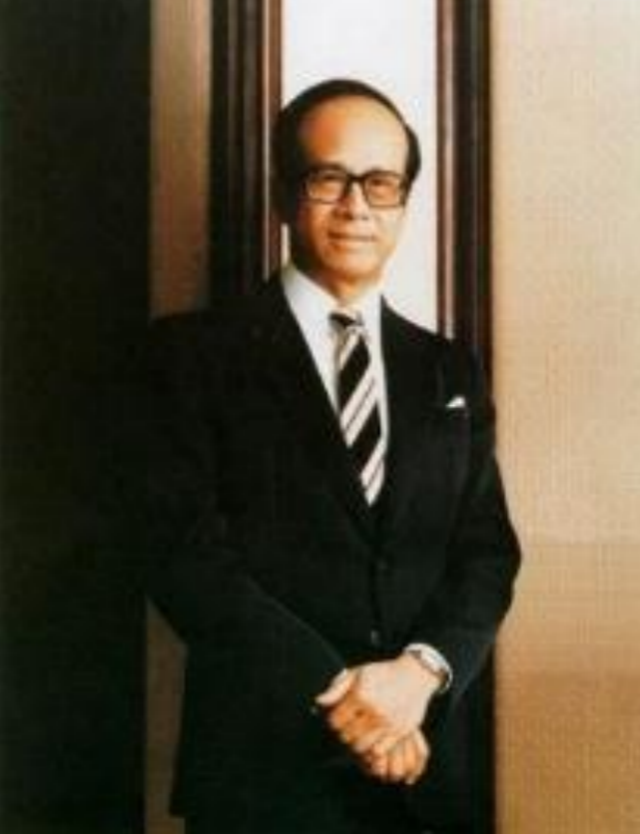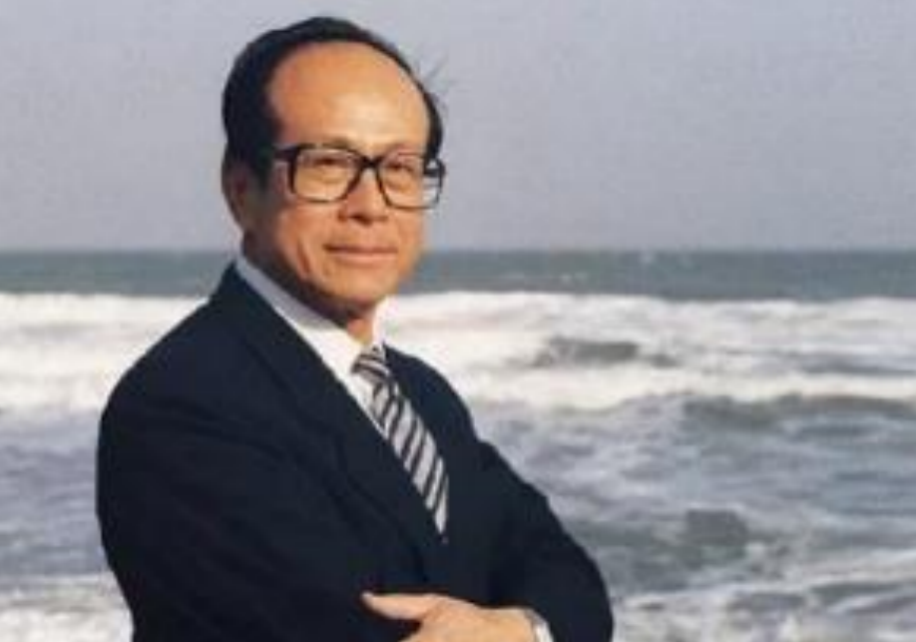Li Ka-shing, often dubbed “Asia’s Warren Buffett”, stands as a paragon of strategic brilliance in the world of real estate and global investment. From his humble beginnings as a refugee in post-war Hong Kong to building one of the largest private property empires, Li’s career is a testament to market foresight, risk management, and adaptive innovation. His ability to identify undervalued markets, navigate economic cycles, and balance long-term vision with operational pragmatism has made him a revered figure for modern investors, particularly in an era of global real estate volatility.

1. Early Years: The Foundation of a Visionary Investor
Born in 1928 in Shantou, China, Li fled to Hong Kong with his family during the Second World War. At 14, he left school to support his family, working as a plastic factory laborer before starting his own business at 22: Cheung Kong Plastics. By the 1960s, he noticed Hong Kong’s burgeoning population and limited land supply, pivoting to real estate by acquiring abandoned factories and redeveloping them into residential complexes. In 1972, he listed Cheung Kong Holdings on the Hong Kong Stock Exchange, marking the formal entry into his real estate empire.
2. Core Investment Principles: Timing, Location, and Diversification
Li’s success hinges on three core strategies:
Market Cyclicality Mastery: He thrives on buying low and selling high, particularly during crises. During Hong Kong’s 1965 banking crisis, he purchased 39 properties at 30% below market value, profiting handsomely when the market recovered. Similarly, after the 2008 financial crisis, he acquired UK ports and utilities at distressed prices, leveraging Europe’s post-recovery growth.
Location, Location, Location: Li prioritizes strategic urban cores with long-term growth potential. His 1980 acquisition of the Hong Kong and Wharf Trust’s Central properties—now the iconic Cheung Kong Center—capitalized on the city’s rise as a financial hub. In London, his 2012 purchase of the Leadenhall Building (aka “The Cheesegrater”) for £1.35 billion exemplified his focus on prime commercial real estate in global cities.
Vertical Integration and Risk Diversification: He built a self-sustaining ecosystem, controlling everything from land acquisition to construction (through subsidiary Hutchison Whampoa) and property management. This reduced costs by 20% and minimized dependency on external contractors. Additionally, he diversified into infrastructure (ports, energy) and technology, ensuring his real estate portfolio was buffered against sector-specific risks.
3. Global Expansion: From Hong Kong to Continental Dominance
Li’s investment horizon extended far beyond Hong Kong:
Asia-Pacific Leadership: In the 1990s, he led the development of Singapore’s Marina Bay Financial Centre and Kuala Lumpur’s KLCC Twin Towers vicinity, capitalizing on Southeast Asia’s economic boom. His “rail-plus-property” model—integrating real estate with transit systems—transformed Hong Kong’s MTR stations into profitable mixed-use complexes, a strategy later replicated in Shenzhen and Guangzhou.
European Infrastructure Play: Post-2010, he shifted focus to Europe, acquiring 28% of the UK’s electricity grid, 30% of its water utilities, and major ports in Hamburg and Rotterdam. This move was driven by his belief in stable, cash-flowing assets in mature markets, a contrast to the high-growth but volatile Asian property sector.

4. Controversies and Adaptations: Navigating Criticism and Change
Li’s career was not without controversy. His dominance in Hong Kong’s property market—controlling 40% of new housing supply by 2015—drew criticism for exacerbating the city’s affordability crisis. In response, he prioritized affordable housing partnerships with the Hong Kong government, while accelerating investments in emerging markets like Vietnam and Indonesia to diversify reputational risks.
He also demonstrated agility in adapting to technological disruption, launching PropTech ventures like HelloToby (a home services platform) and investing in smart city technologies. This ensured his companies remained relevant as younger generations demanded connected, sustainable living spaces.
5. Legacy and Lessons for Modern Investors
Li’s investment philosophy offers timeless lessons:
Crisis as Opportunity: His 2019 sale of Hong Kong’s Central Plaza for $4.2 billion, just before the city’s political unrest, showcased impeccable timing.
Long-Termism in Uncertain Times: Despite global economic headwinds, his portfolio maintained a 9% average annual return over 50 years, outperforming most REITs.
Balancing Local Roots and Global Reach: He remained anchored in Hong Kong while building a diversified international empire, a model for navigating geopolitical risks.

Conclusion
Li Ka-shing’s journey from a wartime refugee to a real estate mogul is a story of strategic brilliance and unwavering discipline. His ability to identify structural trends (urbanization, infrastructure needs), manage market cycles, and adapt to societal changes has set a benchmark for global investors. As today’s generation grapples with housing shortages, climate challenges, and geopolitical tensions, Li’s legacy reminds us that success in real estate—indeed, in any investment—hinges on foresight, resilience, and the courage to bet on tomorrow’s needs, even when today’s markets seem uncertain.





